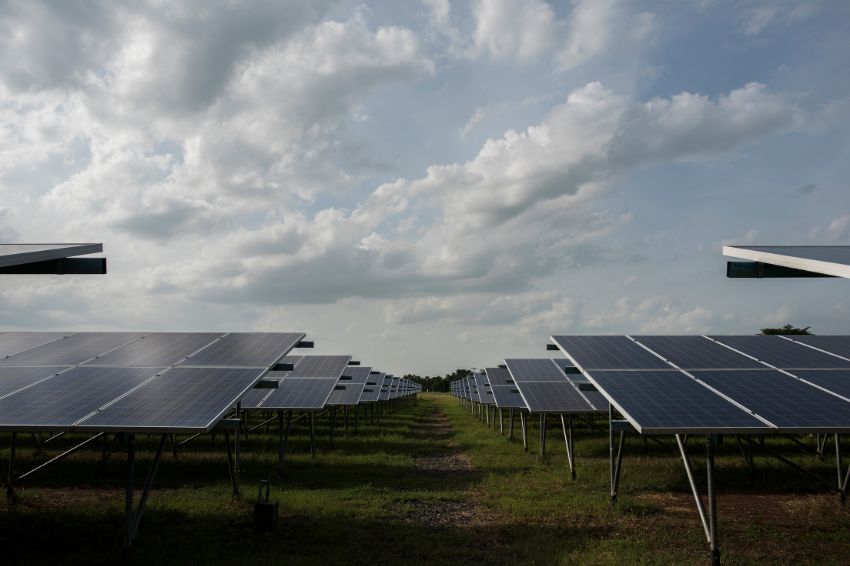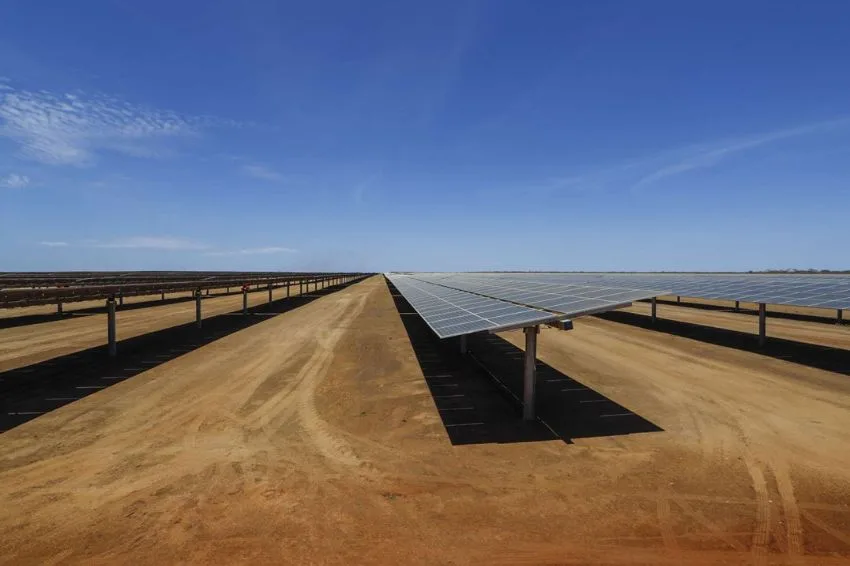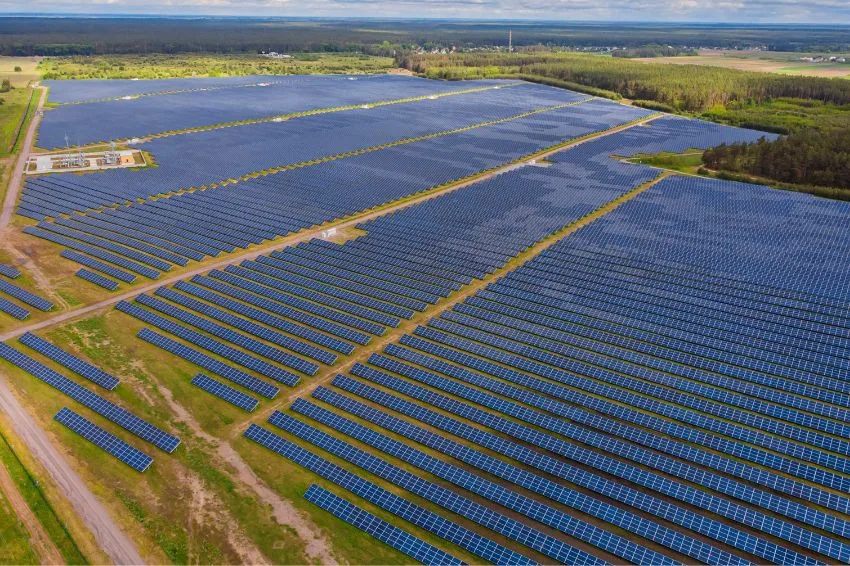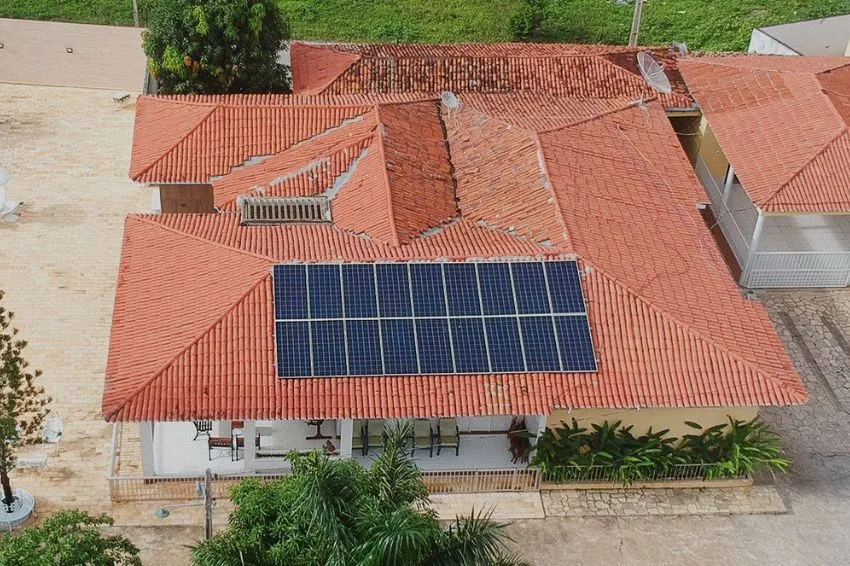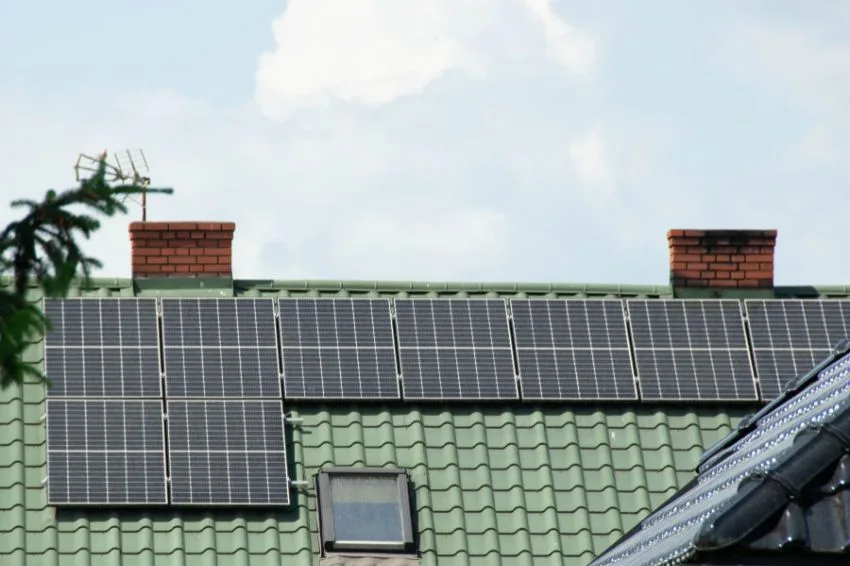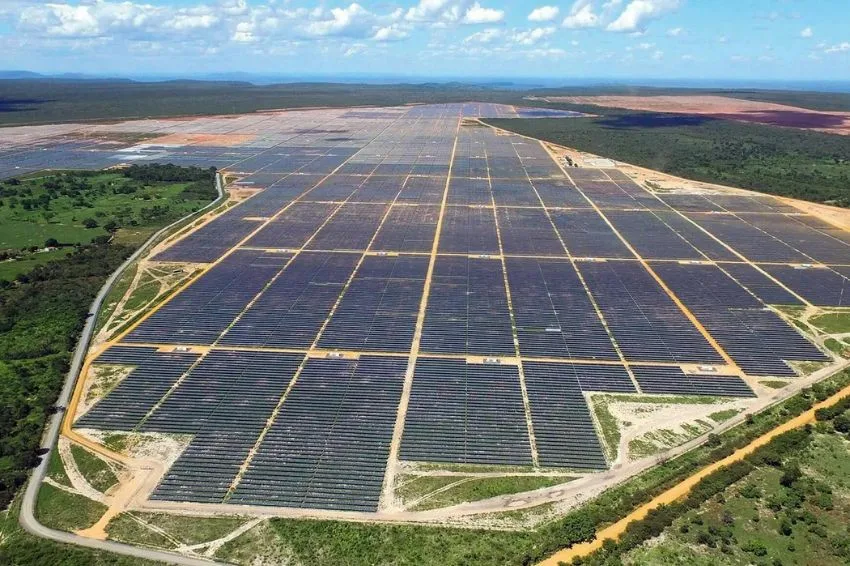O MME (Ministry of Mines and Energy) and the EPE (Energy Research Company) published another notebook of the Ten-Year Energy Expansion Plan (PDE 2032), which includes sector projections for the next ten years.
Entitled “Centralized Electricity Generation: Energy and Power Requirements”, the report pointed out that the MMGD (distributed micro and mini generation) should add 37 GW of installed capacity (6,000 MWmed) until the end of the decadal horizon.
According to the study, the photovoltaic solar technology remains the main source in this segment, accounting for around 97% of all this distributed expansion.
Another point emphasized by the publication is the average annual growth of the SIN (National Interconnected System) load, without MMGD deduction, which will be around 2,650 MWmed – on average 3.1% per year, with a maximum demand of 3.2% per year.

In the context of the changes that have been occurring in the electricity sector, EPE stated that an expansion based solely on meeting the average energy demand projection is not sufficient to provide the desired security of supply.
“Therefore, it became necessary to implement metrics that allow quantifying which services the system will need in the future, in order to plan expansion and operation”, they highlighted.
More about the notebook
The document details the assumptions and criteria used and the results obtained for energy and power requirements. Furthermore, it incorporates important methodological advances, such as the use of net load throughout the calculation process, following the continuous process of improvement in the sector, which is constantly changing.
One of the main objectives of the Ten-Year Energy Expansion Plan is to anticipate discussions that will be relevant within the study horizon and seek the best solutions. “The notebook offers predictability to actions, reducing information asymmetry in the market, leading the system to the desired objectives in the medium and long term”, they concluded.


